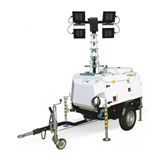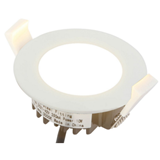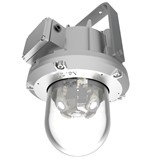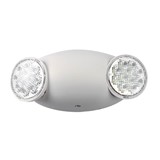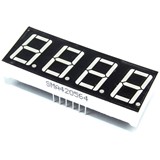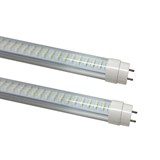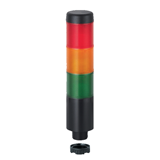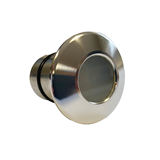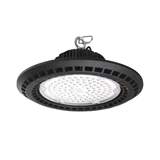Light Emitting Diode (LED) sales boomed in 2010 on the back of their popularity for LCD TV backlighting. But, according to analysts, this application will prove only a short-term boost as backlighting markets approach 100 per cent saturation by 2013.
Beyond this date, growth will be heavily dependent on the replacement of inefficient incandescent bulbs by
LED lighting, a market in which compact fluorescent lights (CFLs) also compete.
UK-based IMS Research says the LED market grew from US$6.1 billion ($5.95 billion) in 2009 to US$10.2 billion ($9.94 billion) in 2010.
"Packaged LED sales for TVs grew from US$0.4 billion [$0.39 billion] to US$2.5 billion [$2.44 billion]," IMS Research analyst Jamie Fox said.
Fox noted that this US$2.1 billion [$2.05 billion] increase in TV backlighting accounted for no less than half of the growth for the entire LED market.
Growth was further driven both by economic recovery as well as an increase in sales for notebook computer, and desktop monitor-backlighting.
However, the dramatic increase is likely to be short lived, Fox claimed, because all major backlighting applications, including TVs, will be close to 100 per cent market penetration by 2013. Without significant pick-up of LEDs for general lighting, the news for LED makers is less-than-rosy as price erosion and efficiency gains (meaning fewer LEDs will be required for a specific application) threaten to depress the market beyond 2013.
According to Fox, this could be a challenging time for LED makers, possibly leading to some consolidation. So what are the prospects for
LEDs in general lighting?
LEDs are compact, solid-state devices that promise much as an alternative to traditional lighting: long operating life, compact size, vibration resistance, low voltage DC operation and minimal maintenance cost are among the advantages. LEDs are also free of the mercury disposal problems that threaten to undermine the “green credentials” of fluorescent tubes or CFLs.
Until now, incandescent bulbs have dominated the consumer general lighting sector. However, the traditional bulb’s overall energy efficiency is abysmal (at about 10 lumens per Watt); a standard device converts just 5 per cent of its electrical input into visible light, dissipating the rest as heat.
In an energy-conscious age, legislators are keen to be seen doing something about this inefficiency and Australia was one of first countries to encourage the phasing out of incandescent bulbs (by setting a minimum efficiency for lighting of 15 lumens per Watt from October 2009).
Despite the sales boost promised by the phasing out of traditional bulbs, LEDs still face a tough challenge from cheaper CFLs, Ian Lai, General Manager, Sales, of
Tenrod, an Australian LED Lighting Systems & Component company, told
IndustrySearch.
"There has been steady growth for the last few years and we expect that to continue this year," Lai said.
"But relatively high purchase cost is holding back demand. Unfortunately, buyers fail to take total life costs of each lighting solution into account when considering alternatives."
(LEDs longevity and reduced power consumption compared to other technologies offset high initial purchase prices over the longer term.)
"Consequently, as yet, the Federal Government’s mandate has only boosted demand for CFLs rather than LED lighting," Lai added.
However, according to analysts from Taiwan-based Digitimes Research, the forecast for LED lighting is encouraging. The company says so-called high-brightness LEDs (the high light-output types that can provide sufficient illumination for general lighting) are set to take a 10 per cent share of the mainstream lighting market in 2011.
Digitimes forecasts that the market for the devices will grow to US$12.6 billion ($12.27 billion) in 2011, up from 4.8 billion units in 2010 to 12.4 billion this year.


